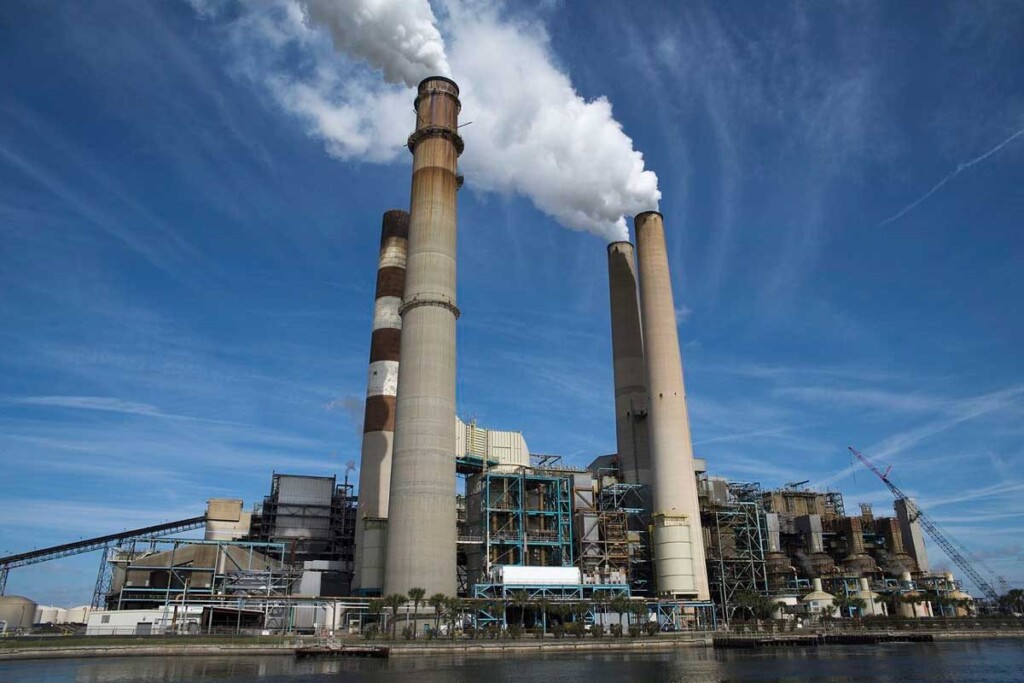
According to officials speaking with Reuters, India has reduced her greenhouse gas emissions by one-third since 2009.
The climate triumph was achieved by increased renewable energy production and increased forest cover, leaving the world’s-most populous country on track to meet all her current emissions targets.
The measurement of emissions in the report is referred to as “emissions intensity” which describes a measure of greenhouse gases emitted against a ratio of GDP.
According to the report, which is the third official report submitted to the UN’s Convention on Climate Change, India has increased her annual reductions of emissions to 3% annually in the period 2016-2019, from just about 1.5% in the preceding period of 2014 to 2016.
Forest cover and tree cover in India, according to the nation’s 2019 State of the Forest report, increased by 2,000 square miles, between 2017 and 2019. This is credited with increasing the total carbon stored in the soils of India by 42.6 million tonnes.
Recent estimates of India’s electricity mix show that renewable energy accounted for 25.3% of India’s total power generation along with nuclear.
MORE EMISSIONS TARGETS MET: EU Smashes 2020 Climate Target, Records 34% Drop in Emissions to Lowest Level Since 1990
India relies heavily on coal for power, and the officials speaking with Reuters said by demonstrating that a mixture of traffic management, renewable energy utilization, and forest management can meet the nation’s emissions targets, the government won’t need to practice widespread decommissioning of coal-fired power plants.
India has already invested heavily in future coal projects. Abandoning them would not only cause massive losses for the state’s coffers, but also a significant loss of confidence in Indian capital markets, and in state governments’ ability to manage taxpayer money.
SHARE This Good Green Indian News With Your Friends…



















